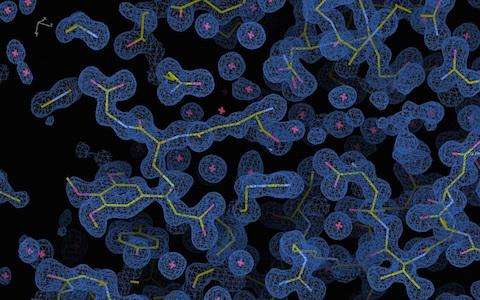Researchers uncover mechanism for cancer-killing properties of pepper plant

UT Southwestern Medical Center scientists have uncovered the chemical process behind anti-cancer properties of a spicy Indian pepper plant called the long pepper, whose suspected medicinal properties date back thousands of years.
The secret lies in a chemical called Piperlongumine (PL), which has shown activity against many cancers including prostate, breast, lung, colon, lymphoma, leukemia, primary brain tumors, and gastric cancer.
Using x-ray crystallography, researchers were able to create molecular structures that show how the chemical is transformed after being ingested. PL converts to hPL, an active drug that silences a gene called GSTP1. The GSTP1 gene produces a detoxification enzyme that is often overly abundant in tumors.
"We are hopeful that our structure will enable additional drug development efforts to improve the potency of PL for use in a wide range of cancer therapies," said Dr. Kenneth Westover, Assistant Professor of Biochemistry and Radiation Oncology. "This research is a spectacular demonstration of the power of x-ray crystallography."
The long pepper, a plant native to India, is found in southern India and southeast Asia. Although rare in European fare, it is commonly found in Indian stores and used as a spice or seasoning in stews and other dishes. It dates back thousands of years in the Indian subcontinent tied to Ayurveda, one of the world's oldest medical systems, and was referred to by Hippocrates, the ancient Greek physician known as the father of medicine.
"This study illustrates the importance of examining and re-examining our theories. In this case we learned something fundamentally new about a 3,000-year-old medical claim using modern science," said Dr. Westover."
Dr. Westover, a member of the Harold C. Simmons Comprehensive Cancer Center, used cutting edge technologies in UT Southwestern's Structural Biology Core (SBC) - the University's world-renowned facility for X-ray crystallography, to better understand the anticancer properties of PL. X-ray crystallography allows scientists to determine molecular structures that reveal how molecules interact with targets - in this case how PL interacts with GSTP1. Viewing the structures helps in developing drugs for those targets.
The study is published in the Journal of Biological Chemistry.
















